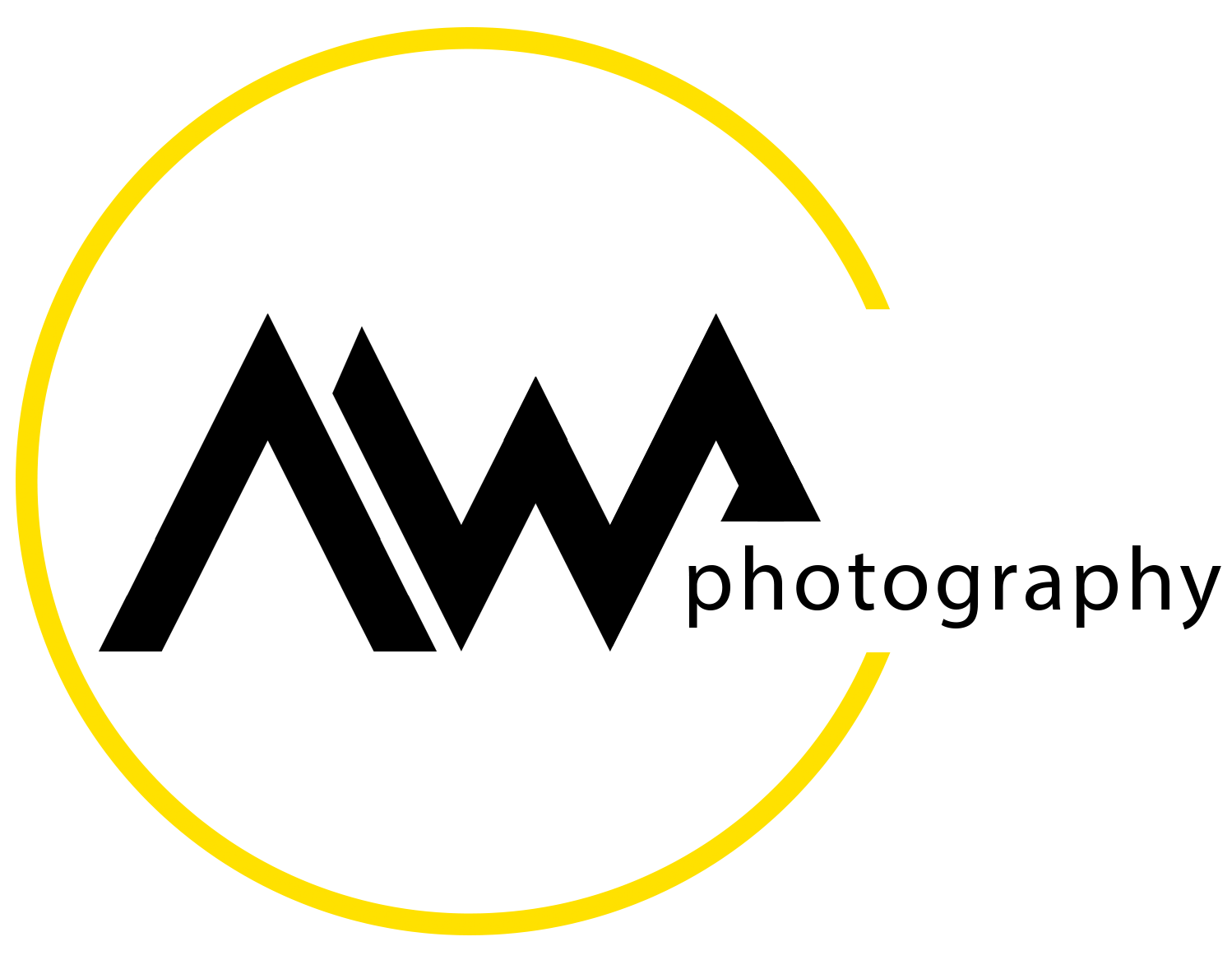Shooting an Album Cover
/Shooting an album cover is one of those things I have always wanted to do. I mean, I have shot hundreds of album covers over the years, but never for a real band with a real album (in need of a cover). But that all changes today!
one possible cover concept
The band is called the BLUDGERS, and my brother, Dr. Craig Walls, is the bassist for said band. They have been around for years and have four previous albums. They play their own original work and I would describe it as blend of rock n’roll, Americana, with a heavy singer/songwriter vibe. They are very good, and really deserve a lot more acclaim for their energy and originality.
So I offered to shoot a cover for their new album, they accepted the offer, and that is what I do in this video. Before making this video I had already shot a few of the ideas that were going through my head. They were kinda interesting, but not really what I was looking for. Here are a few of the ones I came up with…
one idea
another idea
the beginning of an idea
There were many others, but I kept coming back to the guitar, the vacuum tubes, and old radio. I was trying to be true to the band’s image, and trying not to break completely with the band’s earlier album cover concepts. And that is when I decided to do a composite, using the vacuum tubes from the little radio and my own Fender Telecaster electric guitar.
As you will see in the video, the shoot went pretty well. There were a few road bumps along the way, as always, but I eventually had all the images I needed for the composite. I don’t get into the editing and compositing in the video as that would have needed a separate video - there were over 100 layers involved in the Photoshop composite. But I hated the final product. Here it is, anyway…
the reject cover image
The final image just did not work for me. I can’t put my finger on exactly what it is that is so off-putting about it, other than to say it didn’t look like this in my head. I think it works, from a technical standpoint, but not as an album cover.
In contrast, I really loved the final image of the guitar, by itself.
The final guitar image
But this is no album cover! So it’s back to the drawing board. I may well end up using the guitar image, but I have a few more ideas I want to try out first. This of course means that there might be a part II of this project. Let’s see what the band thinks first.
Here is the video of the entire project, warts and all. Information about the equipment used in the video is available following the video…
Below is a list of some of the equipment used in this video. Some of these links are paid links and, as an Amazon Associate, I may earn from qualifying purchases made through these links.
As always, my main camera is the best DSLR that I have ever owned, the Nikon D850.
For this particular shoot, I decided to use my favorite still-life lens, the unparalleled Nikkor 24-70mm f/2.8. The sharpest zoom lens that I own.
The ever-present SmallRig articulating arms and super clamps were, once again, put to good use throughout.
My scrims are all homemade, as are my reflectors, and many of my other accessories. But my lights are the excellent Paul C. Buff Einstein and the Alien Bees strobe - fantastic lights, made in the USA.
My lights were triggered using the Pocket Wizard triggers that I always have close to hand. Utterly reliable and hard to beat.
In case you are interested, the guitar that I photographed is a Fender Deluxe Tele Thinline - one of best sounding Teles I have ever played. And very photogenic!
The best material for solid black backdrops is good quality velvet. I recommend a large roll - wide and long - for the very reason described in the video. Saaria makes a 9’ x 20’ backdrop that I have been using for years. It is very heavy duty, utterly black, and large enough for most projects. Of course, if you have a local fabric shop, you can probably get as large a roll as you need. It isn’t cheap, but don’t skimp on the width!
I am frequently asked about the diffusion material that I use for my scrims. Most of the time, I can get away with using a heavy duty tracing paper roll, but because of flammability concerns, I have started using Lee Filter white diffusion material. It also diffuses more evenly than most tracing papers I have tried.
I have never mentioned my tripod before, but this is a good time to bring it up as you need a really solid platform for this kind of photography. The tripod head is the most important accessory of all. I would be lost without my Benro GD3WH. It is the best three way gimbal head for the money, hands down. I love this device in the studio and in the field.
As for the tripod itself, I could not afford the high end professional gear that I had been considering but stumbled across this amazing deal on the ProMaster Specialist Series graphite 4-section pro tripod. It is less that half the price of similar tripods, yet as light and strong as any I have tried. This is one of the best kept secrets in high performance tripods.
You can’t go wrong with any of these gear choices. If I don’t use it, you won’t see me recommend it!







